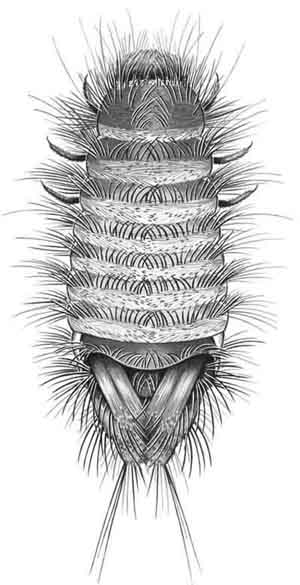July 2011
Monthly Archive: July 2011
Look Up! Annual August Meteor Showers Begin
First Glimpse of 2011 Perseid Meteor Shower. (NASA/MSFC/Meteoroid Environment Office)
A look to the skies tonight will be a larger treat than in past years as the Perseid meteor showers begin their yearly August show in the night skies. Unfortunately this year the peak of the show will be on August 12, when a full moon is scheduled, so viewing will be hampered.
Summerasaurus Part II: A Day in the Quarry
Mark Farmer recently returned from an expedition to the badlands of southern Alberta with Dr. David Evans, Associate Curator of Vertebrate Paleontology at the ROM, in search of dinosaurs. Join us over the course of the next month as Mark and Dr. Evans put up their notes from the field, detailing discoveries, how dinosaurs are found and excavated, life in the field and more.
From the Field: The Tell Madaba Archaeological Project…Artifacts galore!
By Daniel Kwan, Gallery Facillitator and Volunteer
I found what looks like a tiny “caterpillar” in my home. What is it?
This is my second posting that takes a closer look at some of the critters that share our spaces. Here I examine one of our most common household guests, the carpet beetle. The larvae look like tiny, furry, ‘caterpillars’.

Larva of a carpet beetle, family Dermestidae, also known as skin or hide beetles. Drawing: copyright ROM.
From the Field: Southern Alberta Dinosaur Project 2011 – Prospecting for new dinos!
July 10-12: More Surprises from the South Side
Changing of the guard – Schad Gallery welcomes North America’s largest land animal
A long awaited addition to the Royal Ontario Museum was installed today in the Life in Crisis: Schad Gallery of Biodiversity. Our new North American Plains Bison (Bison bison bison) wears his shaggy winter coat and munches on grass, a key component of his vegetarian diet. Weighing about 360 kg (or 800 lbs) today, this large specimen was prepared for the ROM by the same taxidermist who prepared the White Rhino also on display in the Schad Gallery.
Three Questions with Cyrus Sundar Singh
Popular imagery of India is often full of bright colours that create vibrant landscapes. Taking a closer look it becomes clear that not only are India’s many forms of street art a huge source of these aesthetics, but also that they are changing. Canadian filmmaker Cyrus Sundar Singh, enchanted with the hand-painted billboards apparent on the Indian streetscape since he was a child, has made a documentary looking at where these billboards come from and what is happening to them.
Three Questions for Prashant Kadam
For a long time, bioscopes have been a part of India’s bustling landscape, an aspect of childhood that came and went as bioscopewallahs travelled through the country. Bioscopes are an early movie projector taking the form of a wooden box, the interior of which has pictures that can be viewed through four circular holes. Bioscopewallahs are the people who would make their living by them, setting up temporarily and offering them as entertainment to children.
Summerasaurus Part I: Digging for Dinos
Mark Farmer recently returned from an expedition to the far end of southern Alberta with Dr. David Evans, Associate Curator of Vertebrate Paleontology at the ROM, in search of dinosaurs! Join us over the course of the next month as Mark and Dr. Evans put up their notes from the field, detailing discoveries, how dinosaurs are found and excavated, life in the field and more.
Dawn Probe to Rendezvous with Asteroid Vesta!
By Brendt Hyde, Mineralogy Technician
Our solar system is a very busy place! Aside from the 9 (no, make that 8!) major planets and their moons, there are 5 dwarf planets, 3 massive asteroid belts containing tens of thousands of smaller irregular bodies, and an untold number of comets.
- 1
- 2
